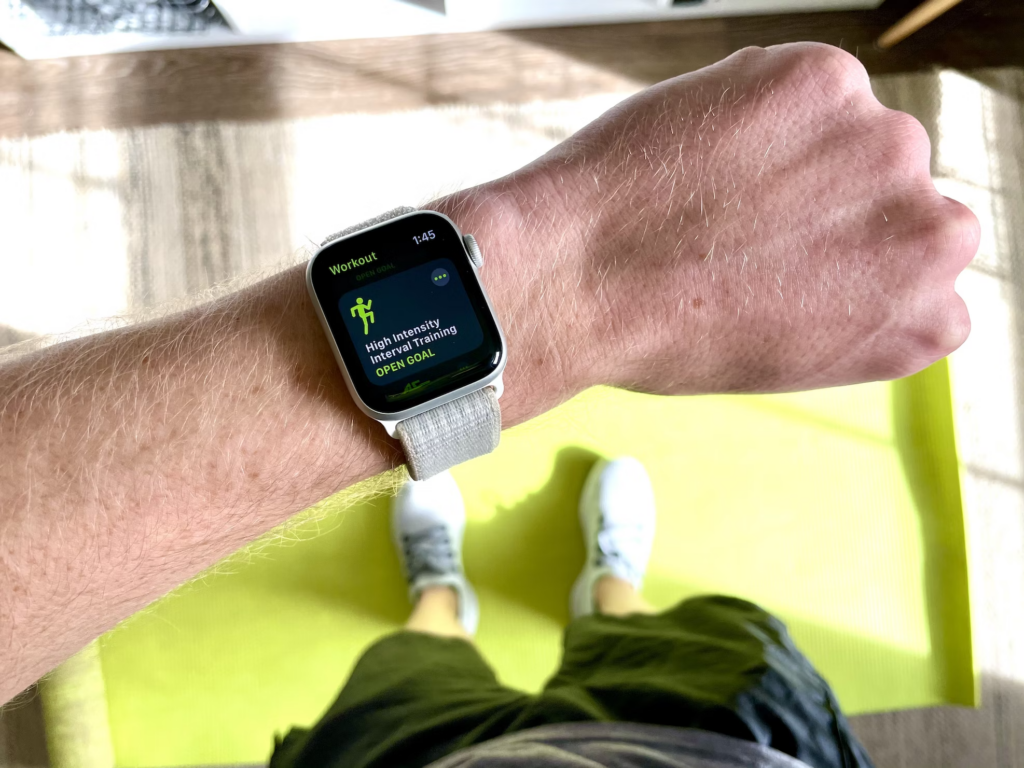In today’s technologically driven era, wearable tech has transcended the boundaries of fitness and fashion to enter the sphere of academics. For students, the incorporation of these nifty devices into daily routines offers more than just a style statement. Beyond tracking your steps or heartbeat, wearable technology promises a fresh avenue to enhance the way you study. But how exactly can a piece of technology worn on your wrist or body help with academics? Let’s delve into the potential these gadgets hold in revolutionizing your study routine.
Understanding Wearable Tech
Wearable technology, often simply referred to as “wearables,” encompasses a range of electronic devices designed to be worn close to or on the surface of the skin. These gadgets seamlessly integrate with daily life, making them an ideal accessory for users.
For students, common examples include smartwatches, fitness trackers, smart glasses, and even tech-integrated clothing. While most people immediately associate wearables with health monitoring or communication, they are versatile tools with features extending beyond these realms.
For the modern-day scholar, these devices can present valuable functionalities to assist with academic tasks, from time management to focus enhancement. Recognizing the capabilities of the wearables you own or are considering purchasing can be the first step to unlocking their academic potential.
Benefits for Time Management with Wearable Tech
Smartwatches and other wearables are invaluable tools for students when it comes to managing their study schedules. With features like alarms, calendars, and reminders, students can set alerts for study sessions or deadlines.
For instance, if you’re juggling multiple assignments and can’t immediately make sense of your schedule, you can set reminders to seek to write my research paper for me or allocate specific times for each subject. This ensures that you never miss out on important tasks or deadlines.
Furthermore, wearables allow students to track and optimize their study sessions. By setting timers, one can employ techniques like the Pomodoro method to break study sessions into focused intervals, ensuring optimal concentration and retention. Monitoring these intervals can offer insights into when you’re most productive, helping refine your study habits over time.
Enhanced Focus with Biometric Feedback
One of the groundbreaking features of wearable tech is its capability to monitor biometrics, such as heart rate and stress levels. For students, this data can be enlightening. By keeping an eye on heart rate variations during study sessions, one can gauge moments of intense concentration or potential distraction.
If a student notices elevated stress levels while studying a particular topic, it might be an indication to take a short break or switch to a different subject. Conversely, stable heart rates can signify deep focus and optimal learning conditions.
Using this real-time feedback, students can adjust their study techniques, ensuring they’re always in the best state for effective learning and retention.
Safe and Healthy Study Habits with Wearable Tech
Wearables have grown beyond mere fitness tracking; they now play a pivotal role in fostering safe and health-conscious study habits. Devices equipped with posture sensors can alert users when they’re slouching, prompting them to maintain an ergonomically sound position, crucial for long study sessions.
Moreover, some advanced wearables can monitor ambient conditions like lighting and temperature. If the light is too dim, potentially straining the eyes, or if the room’s temperature is not conducive to concentration, the device can notify the user. By catering to these often overlooked factors, wearables assist in creating an optimal study environment, promoting both efficiency and well-being.
Integration with Study Apps and Platforms
The synergy between wearables and study apps brings forth a harmonized learning experience. By syncing wearable tech with study apps, students can enjoy seamless interactions, getting timely notifications for assignments, or updates on collaborative projects.
Moreover, the convenience of wearables allows for on-the-go access to a plethora of academic resources. With a simple tap or voice command, students can pull up flashcards for a quick revision, start an audiobook for their literature class, or even listen to recorded lectures. This integration effectively transforms wearables from mere gadgets to dynamic academic companions, making learning more accessible and flexible than ever before.
Limiting Distractions
In an era of constant connectivity, wearables can ironically be both a source of distraction and a solution. To ensure the latter, students can customize their device notifications, filtering out non-essential alerts, and allowing only crucial academic reminders.
Many wearables now come with “focus modes” or “do-not-disturb” settings. By activating these, students can carve out uninterrupted time blocks, essential for deep work and intensive study sessions. This ensures that they aren’t jolted out of their concentration by a sudden buzz or flash. Through these tailored settings, wearables become an ally in maintaining a distraction-free study environment, paving the way for increased productivity.
Staying Connected Without Losing Focus
The balancing act between staying connected and maintaining focus is made simpler with wearables. Quick-view notifications allow students to glance at their wrist and prioritize urgent matters. For instance, if a notification pops up about a deadline from the best admission essay writing services, students can immediately attend to it, ensuring they don’t miss out on essential submissions.
Furthermore, the integration of voice commands in many wearables facilitates effortless interactions. Students can send quick replies or even set reminders without having to delve deep into their device. This minimizes the time spent on tasks unrelated to studying and ensures that while they remain engaged with their network, they’re not easily sidetracked from their primary academic objectives.
Conclusion
Wearable tech, once deemed a novelty, has cemented its place as a potent tool in a student’s arsenal. From optimizing time management to fostering focus, these devices offer a plethora of advantages tailored to enhance academic pursuits. As technology continually evolves, students are encouraged to explore and adapt these innovations, molding them to fit their unique study habits. Embracing wearables is not just about keeping up with the times; it’s about refining and elevating one’s educational journey.
Also Read :
Choosing Between Windows and MacOS for College: A Student’s Perspective



